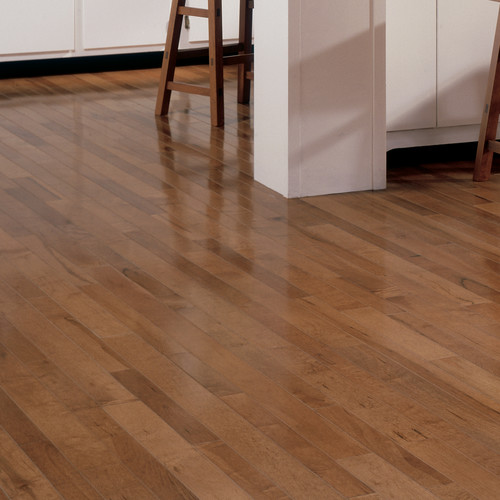Ultimately, your hardwood choice is determined by where you are planning to install the flooring.
If you’re installing hardwood flooring in the basement level (below grade) of your home or in an area where moisture or high (or low) humidity might be an issue, then you will need to have engineered hardwood installed. The dense core of an engineered floor is dimensionally stable so it will resist expanding or contracting due to seasonal and temperature changes.
On the other hand, if you are installing the new floor above grade and you want a traditional hardwood floor, then you can go ahead with solid hardwood. Solid wood flooring expands and contracts with changes in your home’s relative humidity. Normally, installers compensate for this movement by leaving an expansion gap between the floor and the wall. Base molding or quarter round is traditionally used to hide the extra space.
In terms of their impact on the environment the engineered hardwood conserves natural resources. Solid hardwood wood is milled from a single 3/4″ thick piece of hardwood, but that same 3/4″ board could create multiple engineered boards.
Both types offer a beautiful finish and will increase the value of your home—as long as they are installed correctly and maintained properly over the duration of your ownership.

